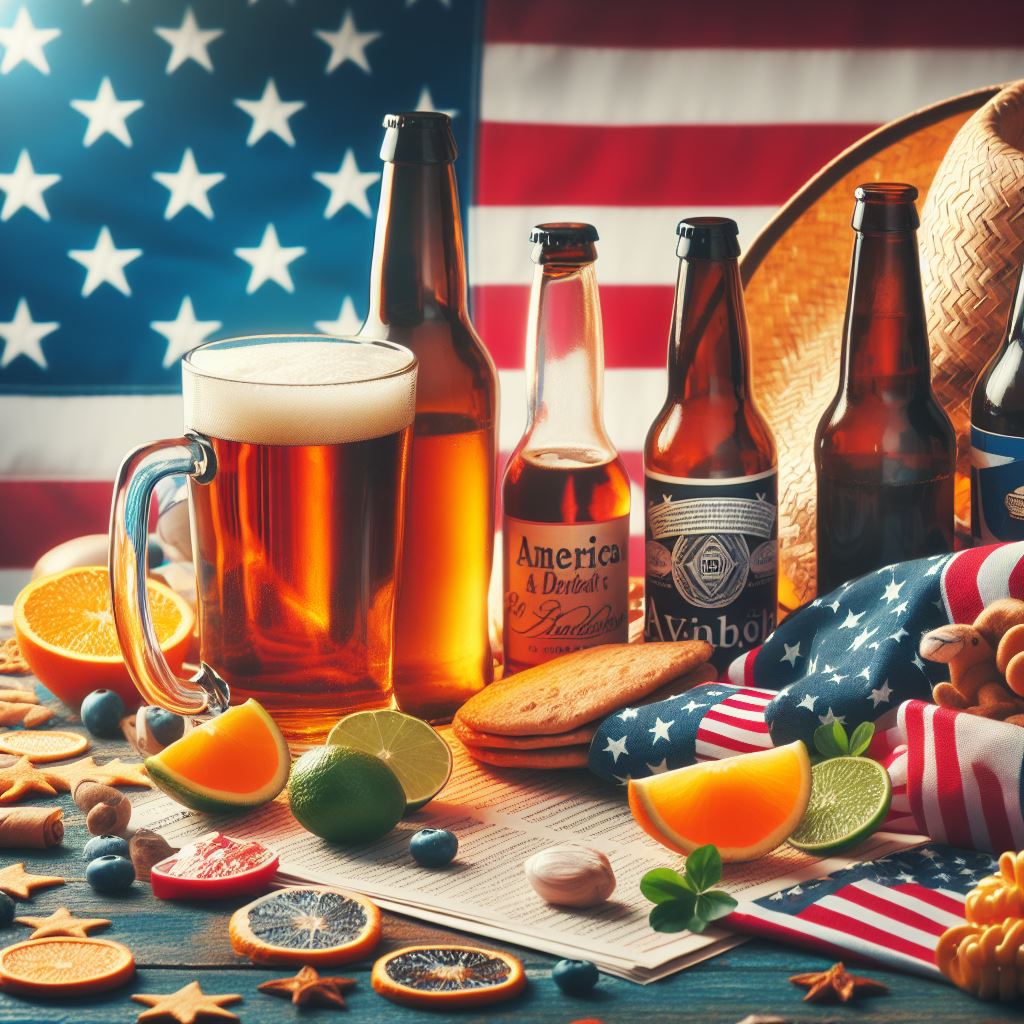- The craft beer industry, which once enjoyed double-digit growth and endless variety, is slowing down and consolidating, as consumers seek fewer choices and more quality.
- The number of craft breweries in the U.S. declined for the first time in 2023, dropping by 2.5% to 9,469, according to the Brewers Association. The market share of craft beer also fell from 13.6% in 2020 to 12.8% in 2023, according to IRI Worldwide.
- The craft beer slowdown is affecting different segments of the industry differently. The large national and regional craft brewers are losing sales and customers to the smaller local and hyperlocal brewers, who are able to offer fresher, more distinctive, and more sustainable products.
Why it matters: Craft beer is a $22.2 billion industry that employs more than 150,000 people and contributes to the culture and economy of many communities. The changing dynamics of the industry reflect the shifting tastes and values of American drinkers, who are looking for more than just flavor and variety in their beer.
The big picture: Craft beer emerged in the late 1970s and early 1980s as a reaction to the dominance and homogeneity of the mass-produced lagers from the big breweries. Craft beer offered more diversity, creativity, and quality, as well as a sense of identity and community for the brewers and the drinkers. Craft beer grew rapidly in the 1990s and 2000s, reaching a peak of 24.1% annual growth in 2014, according to the Brewers Association.
By the numbers:
- The craft beer slowdown is partly due to the saturation of the market, which has made it harder for new and existing brewers to stand out and compete. There are now more than 100 styles and 10,000 brands of craft beer in the U.S., according to the Brewers Association.
- The craft beer slowdown is also partly due to the diversification of the beverage market, which has given consumers more options and alternatives to beer, such as hard seltzer, cider, wine, spirits, and nonalcoholic drinks. Hard seltzer, for example, grew by 130% in 2023, reaching a market share of 8.3%, according to IRI Worldwide.
- The craft beer slowdown is not affecting all brewers equally. The small and independent brewers, who produce less than 6 million barrels of beer per year, grew by 2% in 2023, while the large and corporate brewers, who produce more than 6 million barrels of beer per year, declined by 9%, according to the Brewers Association.
What they’re saying:
- “The craft beer industry is maturing and evolving, not dying. There is still a lot of opportunity and innovation in the market, especially for the local and niche brewers who can connect with their customers and communities,” said Bart Watson, chief economist at the Brewers Association, in the article.
- “The craft beer industry is facing a lot of challenges and changes, not just from the competition and the pandemic, but also from the consumer preferences and expectations. The brewers who can adapt and deliver on quality, consistency, and sustainability will survive and thrive,” said Julia Herz, a beer industry consultant and former craft beer program director at the Brewers Association, in the article.
- “The craft beer industry is losing its soul and its edge, not just its growth and its variety. The brewers who are chasing trends and cutting corners are diluting the meaning and the value of craft beer, and alienating the core and loyal customers who supported them,” said Greg Koch, co-founder and executive chairman of Stone Brewing, one of the largest and oldest craft brewers in the U.S., in the article.
What’s next: The craft beer industry is expected to continue to face more challenges and opportunities in 2024, as the market conditions and consumer demands change. The industry will also have to deal with the impacts of the climate crisis, which could affect the availability and quality of the ingredients and resources needed to make beer.



